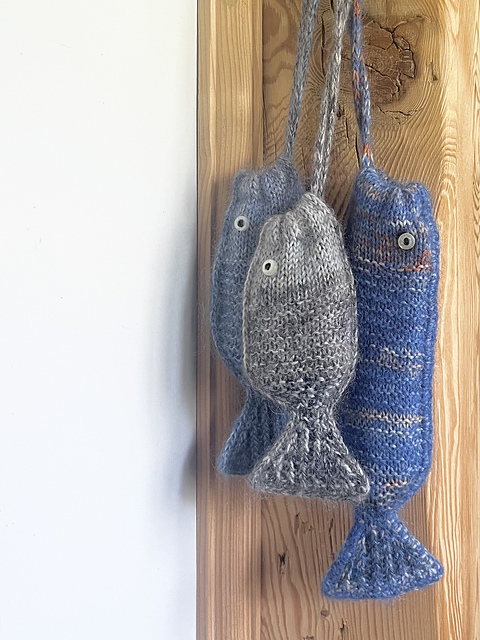 Copyright 101 for Knitters. From Interweave.
Copyright 101 for Knitters. From Interweave.
This is information you need, not only to protect yourself but to protect other artists too.
From Interweave: “
How Much Do You Know About Copyright?
Knitting Daily and the staff at Interweave have released a new free eBook Know Your Rights: Copyright 101 for Knitters to help raise awareness of the issues surrounding copyright and give credit to the talented writers, designers, artists, photographers, and innovators who work with us to share their products and ideas with our readers.
This guide to the basics of copyright is for anyone and everyone: designers and makers, crafters, retailers, library staff, educators, and more.
“Most people think of pirated movies or music when they hear about copyright violations,” says Eunny Jang, editor of Interweave Knits magazine. “But we answer questions about copyright for crafters, artists, designers, and authors every day—copyright and other intellectual property issues are a big deal in the DIY marketplace, where the “I can do that!” spirit and respect for original, independent design and authorship need to coexist peacefully.”
This free resource addresses topics such as:
- What is copyright?
- How does copyright work?
- What is copyright infringement?
- Plus other pressing topics from simple questions to more complex issues, such as:
- Can I resell a pattern/magazine/book/DVD I own? What about purchases of my digital downloads?
- Can I make and sell projects I found in a book or magazine?
- Where can I find more instructions for projects that I can make and sell?
- How can I tell if a work is in the public domain?
- Do I always retain copyright as the original author of a piece?
- What do I do if someone’s violating my copyright?
- And much more.
“Ultimately, copyright is about protecting the creative process, ensuring that the creator of a work can benefit from that work,” adds Jang. “Our goal at Interweave is to educate our consumers about what copyright is, and why it matters—and to give authors, artists, and designers everywhere the tools they need to protect their own rights so they can continue to create new works and share them with the public.”
 I can’t resist a pattern that’s both useful and a little silly, and that’s exactly how I feel about the Rybka pouch pattern from the delightfully named Rat and Sea Witch.
I can’t resist a pattern that’s both useful and a little silly, and that’s exactly how I feel about the Rybka pouch pattern from the delightfully named Rat and Sea Witch.